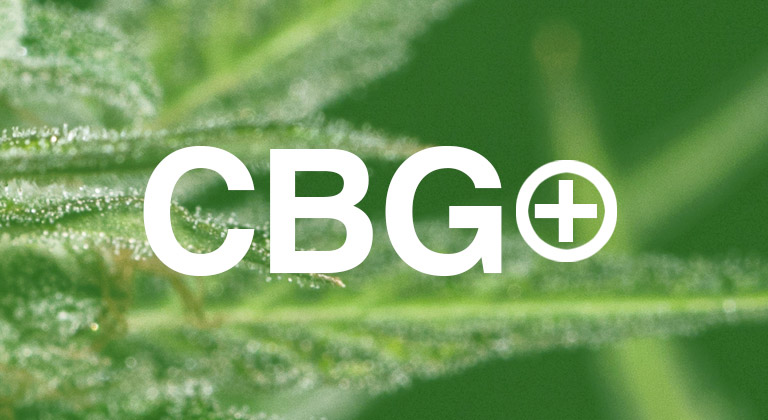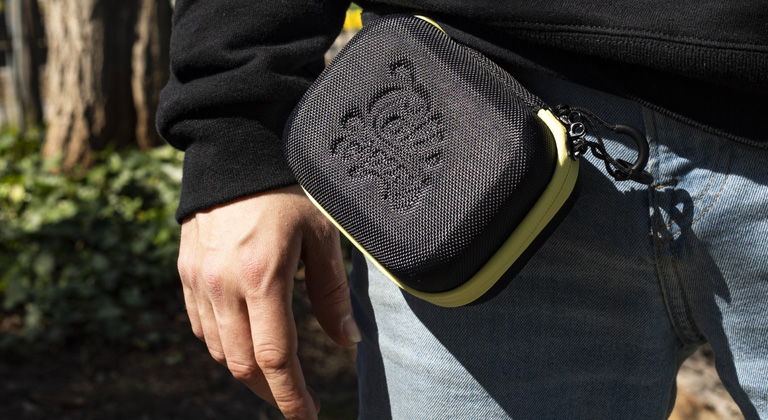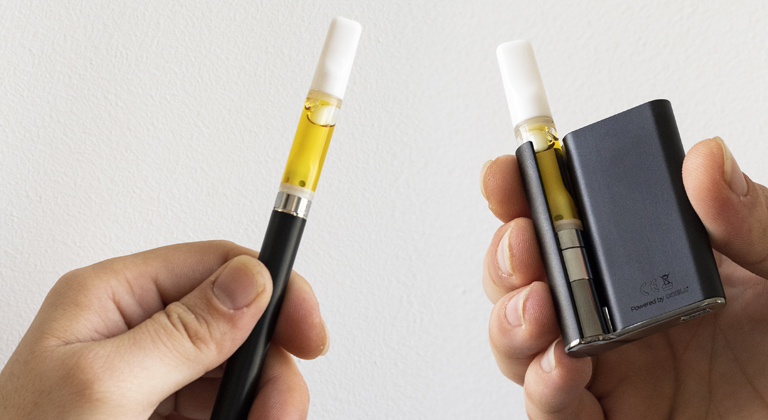Hello cannabis lover, today from Cali Terpenes, we will talk about CBG (Cannabigerol), one of the components of the cannabis plant.
What is CBG? Introduction to Cannabigerol
Cannabis, like the other plants, contains different chemical compounds. The best known to consumers are phytocannabinoids (THC, CBD…), and terpenes (Myrcene, Caryophyllene, Limonene…).
CBG is one of the phytocannabinoids that we can find in the composition of the cannabis plant, and it was discovered in the 60’s by Rafael Mechoulam, an eminence in cannabinoid research.
CBD, THC, and other cannabinoids actually start out in the form of CBG. Cannabigerol is in the early stages of growth of a cannabis plant and then it is converted into different chemical structures. Since CBG is the first cannabinoid to be produced in the plant, it is often called “the father of all cannabinoids”.
CBG rich strains are not common yet, although recently some breeders have been working on developing rich CBG genetics.
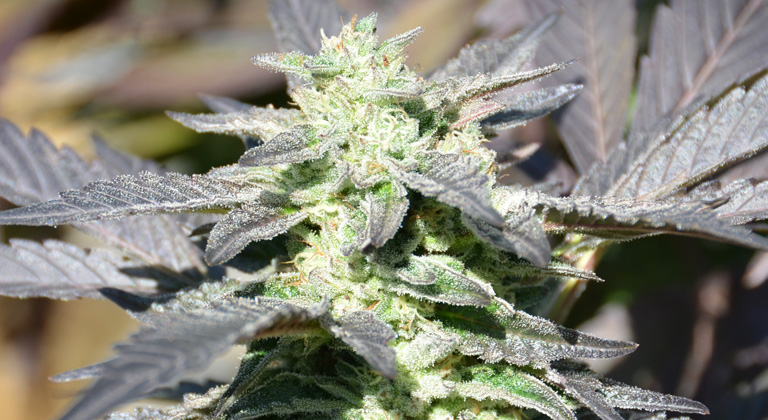
Effects and benefits of CBG
As well as other cannabinoids that we know, Cannabigerol activates the endocannabinoid receptors present in our body.
CBG is not psychoactive, which can also act to counteract the “negative” effects of THC, for example relieving the paranoia that high levels of THC may cause.
CBG can relieve inflammation, pain, nausea and helps to slow the proliferation of cancer cells. Research has shown that Cannabigerol can significantly reduce intraocular pressure caused by glaucoma, have antibacterial effects, and also be helpful in helping with Crohn’s disease, among others.
There is no doubt that we still have a lot to learn about this compound, however initial research shows a lot.
CBG has no known side effects as long as it is consumed in moderation.
Differences between CBD and CBG
The main difference between CBG and CBD is that CBG helps to produce CBD and these two cannabinoids have a completely different chemical structure. Still, both CBD and CBG are considered non-psychoactive, meaning they don’t create euphoric or “high” effects and don’t alter perceptions.
However, they can have brain effects such as relieving anxiety and depression.
Like CBD, CBG can also counteract the “intoxicating” effects of the THC, because both activate CB1 receptor of our endocannabinoid system and may decrease the psychoactivity of THC.
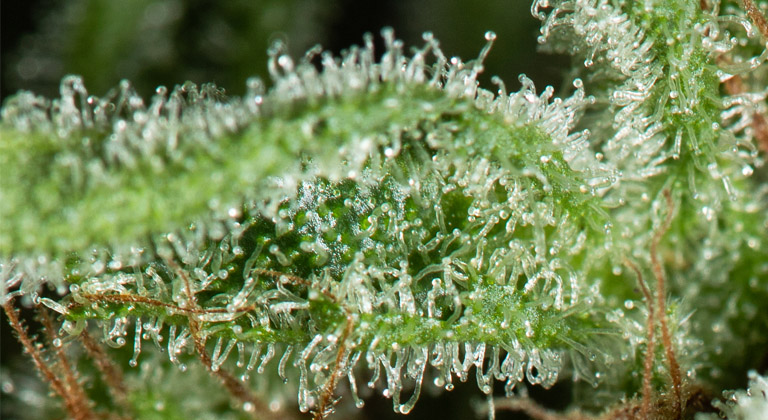
Because it is present in very low levels in most cannabis strains, (generally less than 1%) CBG is considered a “minor cannabinoid”. On the other hand, some varieties can reach 25% of CBD.Today there are breeders that working on varieties that are increasingly rich in CBG.
With this post we made an introduction to the world of CBG, although there is much more to say.
Any questions leave your comment or contact our team
Until the next!
Cali Terpenes

